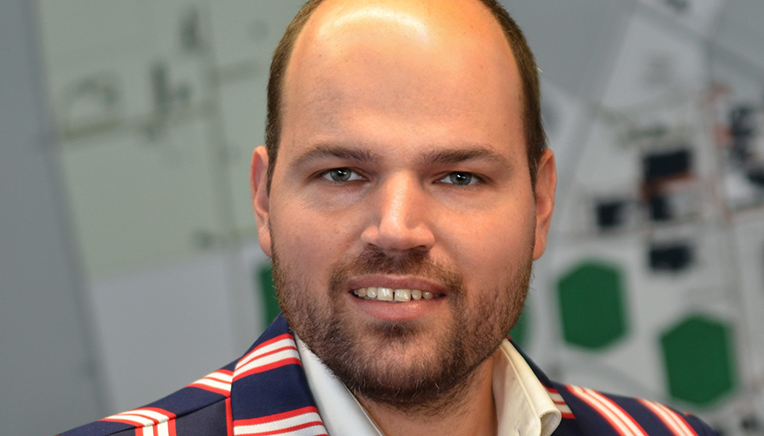During 2020 the University of the Free State (UFS) Qwaqwa campus experienced a loss of electricity supply for 10% of the year which led to emergency generation costs reaching R1.2-million.
Dr Maritz recently hosted and chaired a mini-symposium on the role of UFS Grid Related Research during which research strategies, visions and missions were shared by different research groups. These groups included the UFS Grid Related Research Group (presented by Dr Maritz), the UFS Initiative for Digital Futures (presented by
Mr Herkulaas Combrink and
Prof Katinka de Wet, both interim directors) and the Block Chain Research Group (presented by Mr Riaan Bezuidenhout, a PhD student at the Department of Computer Science and Informatics).
Dr More Manda, on behalf of
merSETA strategy and research, presented its strategic priorities for the next couple of years, which included the observation to drive the development of Digital and Green Skills. Mr Nicolaas Esterhuysen, from UFS Department of
University Estates, also presented a live demonstration of the current state of the UFS smart grid. Industry partners presented a synopsis of their efforts and products pertaining to the evolution of digital and green campus grids.
The symposium highlighted the existing synergies and visions
The symposium boasted an international keynote by
Dr Veselin Skendzic (locally supported by Mr Deon Joubert, SEL), a principal research engineer with
Schweitzer Engineering Laboratories Inc (SEL), on the detection of power grid faults using the phenomena of travelling waves.
“The symposium highlighted the existing synergies and visions shared between UFS research groups, our industry partners and funders. An innovative model of industry engagement via shared case studies and technical papers, with emphasis on local campus grids, was explored and discussed.
“The UFS Initiative for Digital Futures placed emphasis on the value-add of multidisciplinary research teams when attempting to solve the most critical social problems, especially in the South African digital paradigm. One of the notable successes of this symposium was that it provided a platform for several research groups within the paradigms of science, engineering and social sciences to synchronise with industry and showcase their expertise towards the effort of creating green and sustainable campus grids,” says Dr Martiz.

Mr Nicolaas Esterhuysen, from UFS Department of University Estates, also presented a live demonstration
of the current state of the UFS smart grid. (Photo:Supplied)
According to him, the critical discussions observed during the symposium aim towards future efforts that include working more closely with industry partners and leveraging internal collaborations in order to advance the digitalisation, optimisation, reliability and research-readiness associated with campus grids. The latter is also part of the mandate of the UFS Grid Related Research Group to build local research instruments that will serve a wider community of scientist and engineers.
An additional benefit of a fully digitally twinned campus grid is the value-add of the corresponding data lake, an entity that will serve the establishment of new frontiers in digital R&D exchanges, governed by the appropriate digital ethics, says Dr Maritz.
He continues: “The UFS is in a unique position to compete in the Digital Futures paradigm, with emphasis on its ability to generate innovative digital backbones to serve multidisciplinary research interactions between internal research groups and industry, with unique contributions generated in the field of digital training. The UFS Grid Related Research Group has also been receiving valuable support, training, and guidance from the Emerging Scholars Accelerator Programme (ESAP), led by
Dr Henriëtte Van Den Berg, including mentorship by
Prof Pieter Meintjes, senior professor at the Department of Physics, UFS.
“This symposium was part of the engagement efforts by the UFS Grid Related Research Group as the main driver of the merSETA funded UFS project for Digital and Data Engineering, which is closely affiliated with the initiative for Digital Futures.”